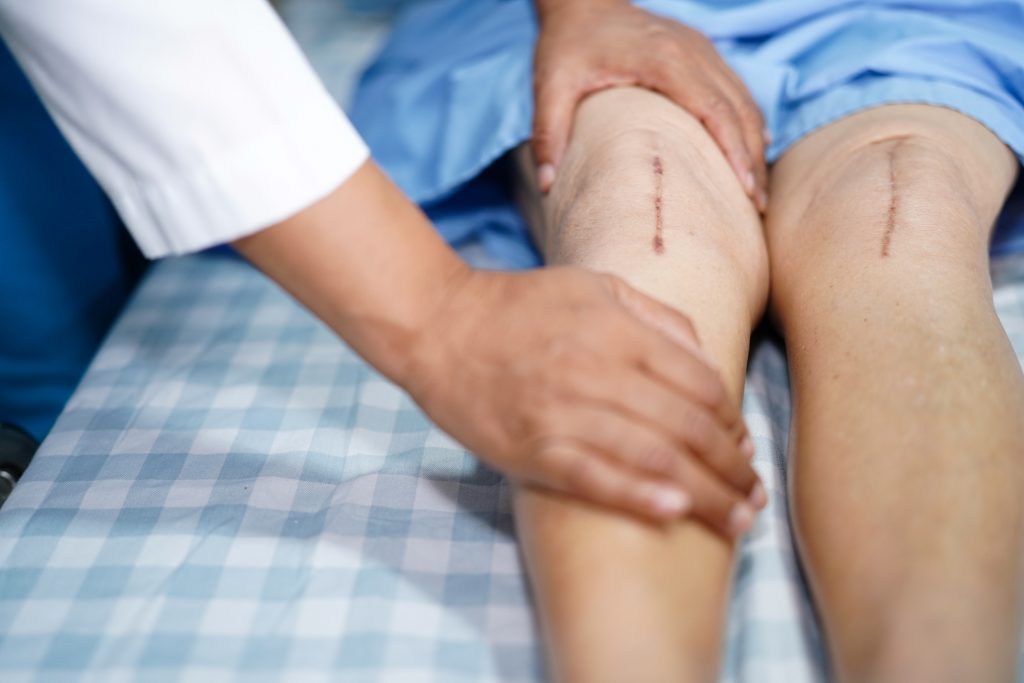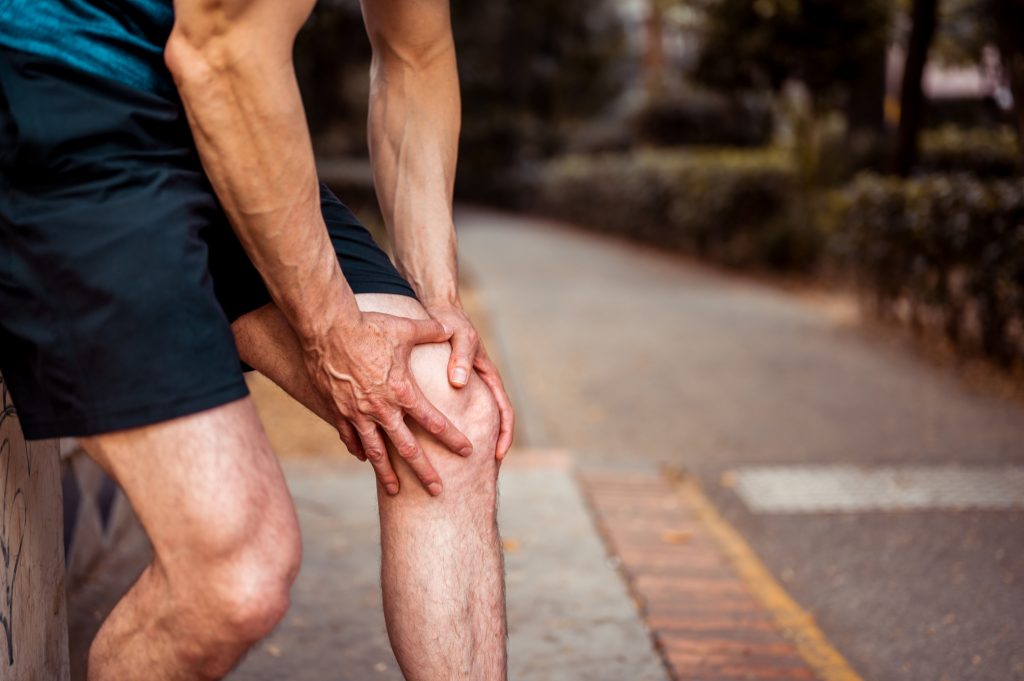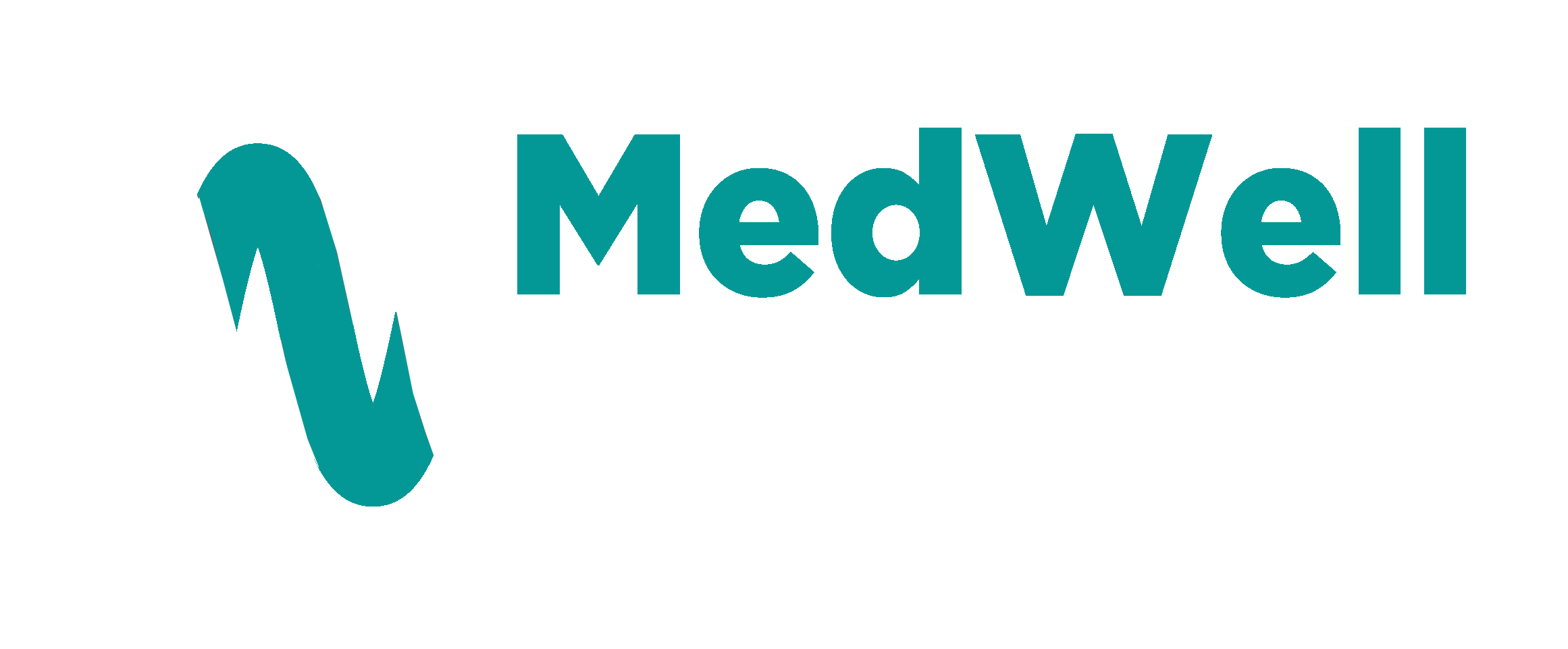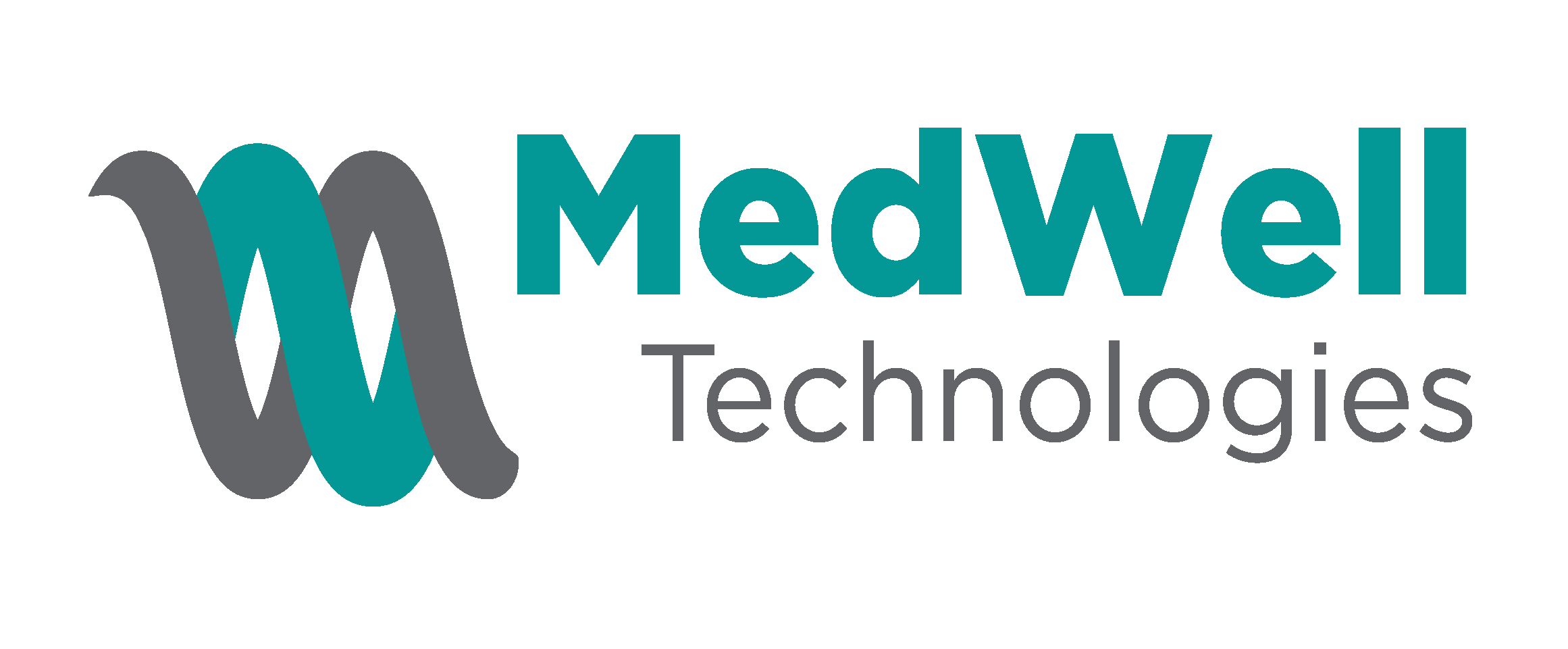
What is Regenerative Medicine?
Regenerative medicine is a branch of medicine that develops methods to regrow, repair or replace damaged or diseased cells, organs, or tissues. One branch of regenerative medicine focuses on autologous tissues, or a patient’s own tissues, such as blood, bone marrow or fat as a source for medical treatments and therapies. These autologous cells release various growth-factors, reparative cells, and other important cellular contents that have been found to assist in the wound healing cascade.
What is Orthobiologics?
Orthobiologics is a combination of ortho (referring to the bones, joints, muscles, and tendons) and biologics, which in this context means substances that are naturally derived from the body’s own cells, proteins, and growth factors. Specialties are comprised of sports medicine, orthopedics, spine, foot and ankles, pain management and physical rehab physicians.

An Emerging Treatment in Regenerative Medicine
What is Autologous Regenerative Therapy?
Autologous regenerative therapy (ART) harnesses a patient’s own blood, fat, or bone marrow cells to repair and restore function that has been lost due to aging, disease, or damage.
Autologous regenerative procedures are one of the fastest growing segments of regenerative medicine. PRP and fat derivatives are currently under study for musculoskeletal injuries, facial aesthetics, breast reconstruction, scar revision, wound care, hair restoration, sexual dysfunction and beautification, perianal fistulas, and vocal cord repairs to name a few.
Autologous tissue and cellular therapy is an emerging and important treatment in the regenerative medicine field. The term “autologous” means the cells or tissues that come from a person’s body. Adipose-derived therapies may stimulate healing and can help decrease inflammation.
Adipose tissue is a compact and well-organized tissue containing a heterogeneous cellular population of progenitor cells, including mesenchymal stromal cells. Due to its availability and accessibility, adipose tissue is considered a “stem cell depot.”
In autologous tissue therapy, reparative stromal cells are obtained through a process called lipoaspirate (lip o-as pi-rat), also known as liposuction. In this process, a small amount of fat is taken from your abdomen (belly) or gluteal (buttock) area. The lipoaspirate is then adinized, concentrated, and injected into a specific area of your body that needs treatment.

Stromal Cells
At the site of injury, these stromal cells initiate a site-specific reparative response comprised of remodeling of the extracellular matrix, enhanced and sustained angiogenesis, and immune system modulation. These properties of stromal cells provide a platform for the usage of regenerative medicine principles in curbing various diseases.

